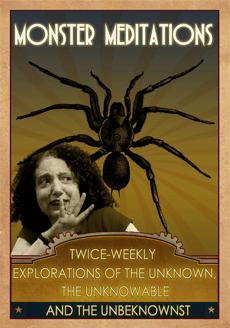I enjoy writing dialog. But my affection for telling stories in the words of my characters is a recent development. I’ve worked on it — hard! My motivation was the preponderance negatives examples I read in otherwise well-crafted books. All too many authors wrote dialog as if ALL the characters were the same.
A chatterbox hairdresser with an expertise in single process color and zero interest in literature will not use the same vocabulary as an erudite professor of 19th century poetry. Yes, those are extreme examples, but I’ve read books where you’d be hard pressed to figure out who is talking without the “he said” & “she said” statements to guide you.
Basic vocabulary, age-specific slang expressions, professional jargon, words from other languages and references that reflect the upbringing or education of a given character are the building blocks of dialog. Then come the syntax and the pacing of each speaker’s style. This is tricky territory and the more I write the more I learn.
Right now, I’m contending with a bunch of well-educated — even super-educated — characters telling bits and pieces of a larger story, while threading their distinctive POVs (point of views) into the narrative. Yes there are some helpful chatterboxes saying more than necessary and pushing the other characters along, but there are also the very tricky to write, characters of few, but choice, words.
Do you have any thoughts on creating credible dialog? Please share helpful hints or guidelines.




